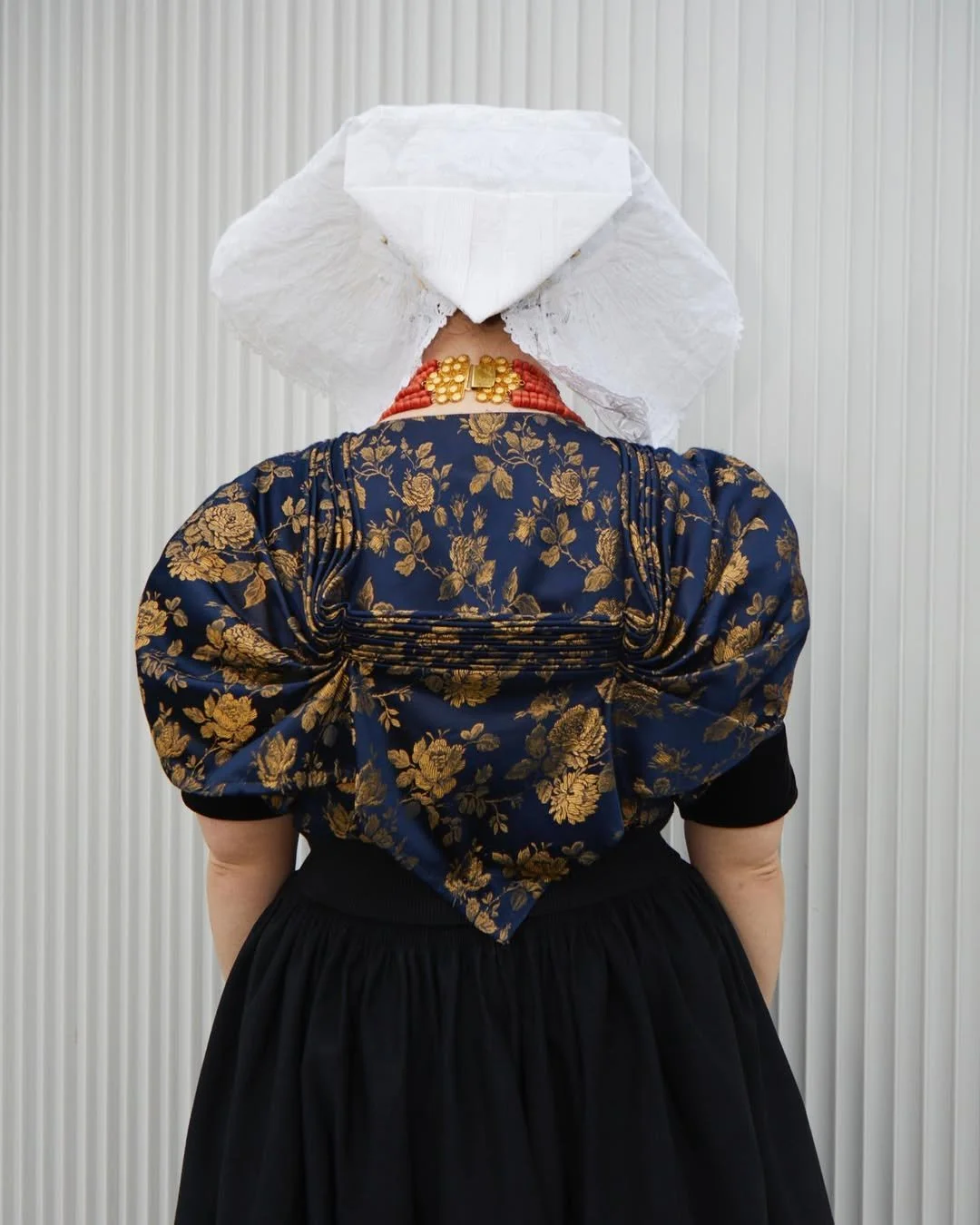How Estrogen Redefines Women’s Skin
Picture this: A woman in her mid-40s or early 50s wakes up, gazes into the mirror, and feels as though her skin has transformed overnight. It’s suddenly more sensitive, markedly drier, and noticeably duller. There’s sagging where there wasn’t before. It’s a common story among women entering perimenopause, and it’s one dermatologists hear time and time again. While some might dismiss this as simply “getting older,” the reality is more complex and far-reaching. The culprit? Estrogen depletion.
Let’s explore the science, implications, and emerging solutions for this significant shift in women’s skin and the broader dialogue around menopause.
The Multifaceted Role of Estrogen
Estrogen, a hormone predominantly produced by the ovaries, plays a vital role in sexual and reproductive health. But its influence doesn’t stop there. This molecule also supports cardiovascular health, bone density, cognitive function, and (crucially for our purposes) skin health. Throughout a woman’s life, estrogen levels fluctuate due to menstrual cycles, pregnancy, and, eventually, menopause. The steep decline that comes with menopause is where the challenges begin.
Menopause, defined as the cessation of menstrual periods for 12 consecutive months, marks the end of ovarian function. This leads to a sharp drop in estrogen levels, with noticeable changes beginning in the years leading up to menopause, a transitional phase called perimenopause. For many women, these hormonal shifts manifest as hot flashes, brain fog, and fatigue. But for dermatologists, the focus often lands squarely on what happens to the skin.
Estrogen’s Influence on Skin
Skin health is intricately tied to estrogen. This hormone boosts collagen production, improves blood flow, enhances hydration, and promotes skin elasticity. As estrogen wanes, these benefits diminish, leading to:
Collagen Loss: Women lose about 30% of their skin’s collagen within the first five years of menopause. This dramatic decrease explains why skin may suddenly appear less firm and more lined. Research published in Dermato-Endocrinology outlines how estrogen deficiency leads to decreased collagen content and skin thickness, contributing to wrinkles and reduced elasticity. This scientific insight underscores the importance of estrogen in maintaining healthy, youthful skin.
Reduced Hydration: Estrogen helps the skin retain hyaluronic acid, which gives it plumpness and moisture. Its absence contributes to dryness and a crepey texture.
Impaired Healing: Estrogen is vital for wound healing, so its decline slows the skin’s ability to repair itself.
Increased Sensitivity: Reduced estrogen levels can make the skin more prone to irritation and redness.
The sum of these changes creates what many women describe as a rapid deterioration in their skin’s appearance and feel. But it’s not just about aesthetics; these shifts can impact self-confidence and overall quality of life.
Detailed Mechanisms
At the heart of estrogen’s influence on skin is its interaction with key components like fibroblasts, elastin, and collagen. Fibroblasts are the cells responsible for producing the structural proteins that provide the skin with strength, elasticity, and firmness. Estrogen acts as a catalyst for fibroblast activity, stimulating the production of collagen, the protein that gives skin its structure and youthful appearance. When estrogen levels drop, collagen synthesis decreases, and skin begins to lose its firmness, contributing to sagging, fine lines, and wrinkles.
Moreover, estrogen helps maintain the balance of elastin, a protein that ensures skin remains supple and resilient. With less estrogen, the skin’s elasticity weakens, making it more prone to stretching and sagging. This decline in collagen and elastin not only makes the skin more vulnerable to visible signs of aging but also affects its ability to heal from injuries or environmental damage.
Another crucial aspect of estrogen’s role in skin aging is its impact on hyaluronic acid (HA), a naturally occurring substance that helps the skin retain moisture. Estrogen enhances HA production, keeping the skin hydrated, plump, and radiant. As estrogen levels decrease, HA production drops, leading to dryness, rough texture, and a more aged appearance.
Estrogen and the Skin Microbiome
Estrogen also has a lesser-known but significant role in regulating the skin’s microbiome, the diverse community of bacteria, fungi, and other microorganisms that live on the skin. This microbiome acts as a protective barrier, maintaining skin health by defending against pathogens and supporting the skin’s natural moisture balance.
Research has shown that estrogen influences the composition of the skin microbiome, with higher estrogen levels promoting a more balanced and diverse microbial environment. When estrogen declines, as it does during menopause, the balance can be disrupted, leading to an overgrowth of harmful microorganisms or a reduction in beneficial bacteria. This imbalance can contribute to various skin issues, such as increased sensitivity, irritation, dryness, and even acne flare-ups.
For instance, changes in the skin’s microbiome during menopause may exacerbate conditions like rosacea or eczema, both of which are often linked to an overgrowth of certain skin bacteria. Women may find that their skin reacts differently to products they once used, requiring more careful management and adjustment of their skincare routines.
Rethinking Menopause
Beyond “Suck It Up”
For decades, menopause was seen as something women simply had to endure. But a growing movement among medical professionals and wellness advocates is shifting this narrative. Why should women accept the cascade of challenges associated with estrogen depletion when hormone replacement therapies (HRT) can help mitigate them?
HRT, particularly systemic treatments combining estrogen and progestin, has been shown to improve skin health and appearance. But the focus is also turning to topical estrogen treatments (creams applied directly to the skin) as a more targeted solution.
The Promise of Topical Estrogen
Studies suggest that topical estrogen can:
Boost collagen production
Increase skin thickness
Improve hydration and elasticity
A study published in the International Journal of Dermatology found significant improvements in skin firmness and wrinkle depth after six months of using 0.01% estradiol and 0.3% estriol creams, without any observed systemic hormonal side effects.
How Topical Estrogen Works
Topical estrogen treatments usually contain forms of estrogen like estradiol or estriol. These creams are applied to specific areas, such as the face, neck, or hands, where aging is most visible. The goal is to deliver the hormone directly to the skin with minimal systemic absorption, reducing potential risks associated with hormone therapy.
Popular formulations include 0.01% estradiol creams, often prescribed for intravaginal use but increasingly adapted for dermatological purposes. Additionally, compounding pharmacies and women’s health platforms like Alloy and Midi offer customized estrogen-based products.
Benefits Versus Risks
While the benefits of topical estrogen are promising, there are caveats:
Irritation: Some users experience dryness or irritation, which can deter continued use.
Pigmentation Changes: Hormone-driven conditions like melasma may worsen with estrogen use.
Safety Concerns: The long-term effects of topical estrogen, particularly for cosmetic purposes, remain under-researched. Although evidence suggests minimal systemic absorption, especially compared to oral HRT, definitive studies are lacking. A review in Maturitas highlights that topical estrogen has minimal systemic absorption, reducing the risk of side effects, though individualized assessment and monitoring remain essential.
Women with a history of hormone-sensitive cancers, blood clots, or other contraindications should consult with their healthcare providers before considering topical estrogen.
Beyond Topical Estrogen
Exploring Other Treatments
While topical estrogen is a promising treatment for managing skin changes during menopause, it’s not the only option available. Many women are turning to alternative therapies, both hormonal and non-hormonal, to combat skin aging during this stage of life.
Alternative Hormone Therapies
Bioidentical hormone replacement therapy (BHRT) is a widely discussed alternative to traditional hormone replacement therapy (HRT). BHRT uses hormones that are chemically identical to those produced by the body, such as estradiol and progesterone, and is often marketed as a more natural approach to managing menopausal symptoms, including skin aging. BHRT is available in various forms, including topical creams, gels, and oral tablets, and may be customized to meet individual hormonal needs.
Though many women report positive outcomes with BHRT, it’s important to note that the long-term safety and efficacy of bioidentical hormones remain subjects of ongoing research. Additionally, like traditional HRT, BHRT carries risks for women with certain health conditions, such as a history of breast cancer or blood clots, so consultation with a healthcare provider is crucial.
For women seeking non-hormonal solutions, several options can effectively address skin aging. Retinoids, for example, are a class of vitamin A derivatives known to stimulate collagen production, improve skin texture, and reduce the appearance of wrinkles. Peptides and antioxidants like vitamin C also promote collagen synthesis while fighting oxidative damage caused by free radicals. These treatments can be used alone or in conjunction with hormone-based therapies.
Combination Therapies
In many cases, combining topical estrogen with other skincare treatments can provide a more comprehensive approach to managing menopausal skin changes. For example, using topical estrogen alongside retinoids can enhance collagen production while addressing issues such as fine lines and discoloration. Vitamin C serums can help brighten the skin, while hyaluronic acid hydrates and plumps the skin, complementing estrogen’s ability to restore moisture.
The combination of these treatments may also be more effective in addressing a wider range of menopausal skin concerns, from dryness and irritation to sagging and dullness. However, it’s important for women to work with their healthcare providers and dermatologists to create a personalized skincare regimen that considers individual needs and potential contraindications.
Innovative Technologies
Alongside topical treatments, modern dermatological procedures can significantly enhance the results of hormone-based therapies. Platelet-rich plasma (PRP) therapy, for example, uses the patient’s own blood to stimulate collagen production and improve skin texture. This treatment can complement estrogen-based therapies by addressing deeper layers of skin and encouraging regeneration.
Lasers and ultrasound-based treatments like Ultherapy are also becoming popular for restoring skin elasticity. These technologies work by stimulating collagen production deep within the skin without causing significant downtime. They can be particularly beneficial for women experiencing sagging or loss of firmness in areas like the face, neck, and hands.
These innovative treatments, when combined with topical estrogen, can offer a more holistic approach to skin rejuvenation and help women achieve smoother, firmer, and more youthful-looking skin during menopause.
A Personal Decision
Deciding whether to use topical estrogen is deeply personal, influenced by individual health histories, risk tolerance, and priorities. For some women, the potential skin benefits outweigh the risks; for others, a more cautious approach feels appropriate. Either way, open conversations with healthcare providers are essential.
As society becomes more attuned to the complexities of menopause, the hope is that women will feel empowered to explore solutions tailored to their needs. The days of simply “sucking it up” are behind us. Instead, we’re entering an era where women can approach midlife with knowledge, options, and a sense of agency, and that’s something to celebrate.












